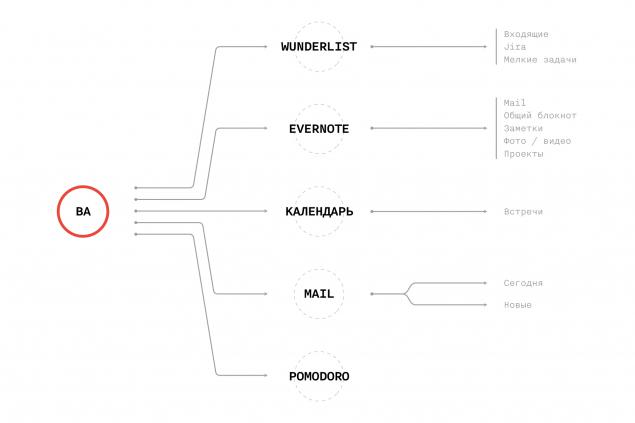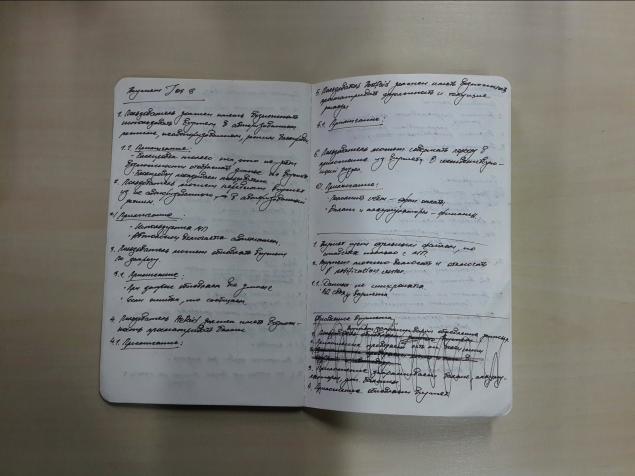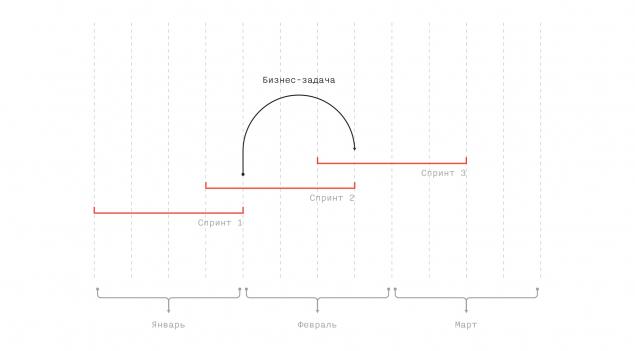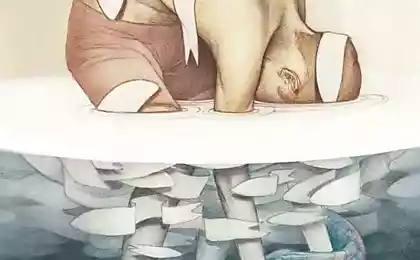1400
Business Intelligence tools: a personal experience

We do not just рассказывали, as the first major customer чуть killed our entire business. Then one of the obvious holes, along with QA (Quality Assurance), was a BA (Business Analysis). Before the advent of in our portfolio to really large projects need a deep analysis of the customer's business requirements and develop system solutions to meet them was not. Now Redmadrobot three business analyst, which determine the point of Mobility projects based on the business needs of customers.
One of our BA - Semen Zamorov - shared his Toolset, a set of programs that help him do the job faster.
The International Institute of Business Analysis (IIBA) defines business analysis as
the practice of creating conditions for the implementation of organizational changes by identifying needs and proposing solutions that involve benefit to shareholders. I>
In Redmadrobot we try to maintain certain rhythm to accurately perform tasks. This helps us Methodology Agile and Scrum. Timing is very valuable to analysts, is not less than for PM. That's why we use the спринт-пульс, which clearly regulates the period of execution of works and set correctly distributes activity between team members. Sprint along the passage 20 people daily in vgruzhayut business analyst tons of information, because VA - an intermediary between the customer and the development team, and both sides are flying tasks and issues. Systematization of information, organization of tasks and control of projects - a very topical theme, which I tell you.
Reservation - I use a Mac and Android-smartphone, because of this, there is some specificity of my tools.
What is all
B> My Toolset is divided into two zones - in common with the project team and the project personally. On the general problem are the current sprint, business functionality, functional requirements, etc. (Maintenance tasks we perform in JIRA, to maintain, Confluence). What to do with the other activities that relate to the design of personal area?
How it works
B>
1. Determination Scope works. Scope formed in JIRA with the customer. We try to take more tasks to assess, to be, to choose from. 2. Business analysis and stage of preparation for the evaluation. Scope of tasks, usually formulated in the form of epic stories. It is in the form of epic names I create a set of tasks in the Wunderlist

Wunderlist Wunderlist I am timing control tasks not only small and casual, but also problems of JIRA. Better to have one common source of information that will provide a complete picture of current activity. All tasks fall into the folder "Inbox" and may not have a clear description. At the end of the day I sort out this list, clarify the description, sets deadlines and display all the folders in the Wunderlist and labels in the Evernote , which partly overlap (Beeline, Redmadrobot, Private ). This organization allows me to closely monitor the work of the day and plan for the next week. I>
Then begins the process of working with a specific task. Pen in a notebook, I write out the entire set of atomic user stories, which, in my opinion, should be performed by the user of mobile applications, as well as fix specific requirements for historical data in the form of notes. It turns out a draft that you can discuss and clarify with the customer. I photograph a draft and sent to Evernote

Following discussions in a list of clear and understandable user stories, which I fix in Confluence Evernote Thus, fixing the level of business at each step, I get the whole picture, which is stored in my personal knowledge base.
Evernote. B> Use it to aggregate all the information received. Important letter? Send to Evernote
3. The evaluation process. Normal, Classic evaluation process for future tasks and the decision to take on the task at work or reject it and transfer part or all of another sprint. Set objectives fixed in JIRA, approved by the customer and the sprint start. 4. System Analysis and Design. At this point, I already have a full understanding of the problem and a set of artifacts required for the job. As a general rule, if required consultation with the customer, it will be minimal and is more a matter of timing. In this step, my set of actions is as follows:
- Wunderlist

- Calendar. B> The calendar I plan to advance the date of the Review requirements with the project team (typically 1-2 weeks in advance). It helps me to maintain their own internal rhythm and try to fulfill all in time.
- Mail. B> Standard Mac-mail client. The most important thing - the filter settings. I use two mandatory: Today (messages from the current day) and New (only new messages). This system helps to accentuate important and not sprayed on the tasks of the day. In the extreme case there is always poisk.Starayus not keep too much and only overcame filter Today. Everything you need for work, going to Evernote. Mail for correspondence, and not for storing information. Information that is currently running, keep a notepad SPRINT. There you spend a systematic analysis on the basis of user stories.
- Pomodoro. B> to control the rhythm of personal fulfillment of project objectives helps timer Pomodoro - 11 Pomodoro per working day.
5. Review requirements with the project team. As soon as I feel that my work is done, the requirements for the design sent to Confluence, and there are made in accordance with accepted standards. Further requirements tested by the project team for clarity, completeness, not contradictory - in general, quality tested. A dablchek. 6. According to the results obtained by repeated Review apruv requirements from the customer.
As a result, we get:
Personal knowledge base in the Evernote , filled with lots of artifacts for a specific task. A handy tool for aggregation of workloads based on Wunderlist The tool to maintain the rhythm of work - Calendar The tool of communication with the project team and the customer who does not spray your attention - Mail and filters Easy pace of work during the day - Pomodoro Timer
Source: habrahabr.ru/company/redmadrobot/blog/244799/
The smartest marketers in the world. Learning from Amazon (continued)
Why the future of remote work (Part 2)























